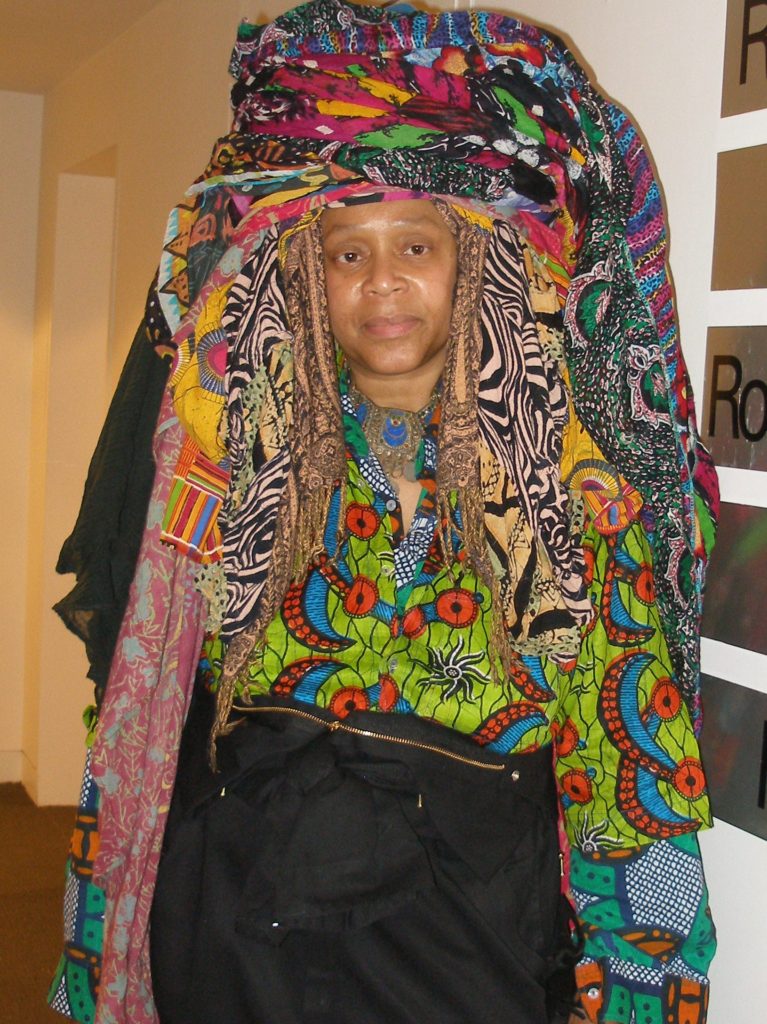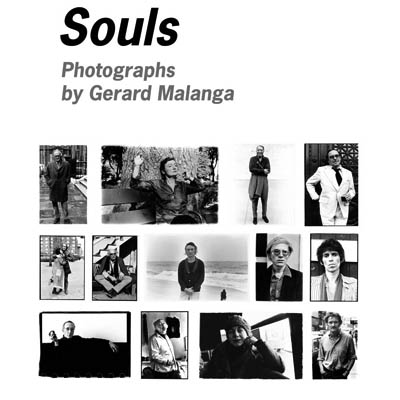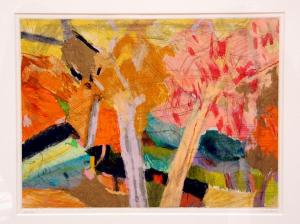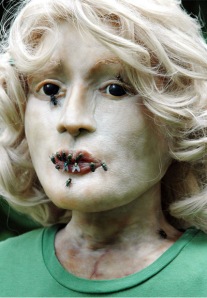At first, I was put off by Booker's big black rubber sculptures--but once I understood more about...
exhibit
Each photo was snapped at a moment of seeming profound interpersonal understanding, of relationship, of trust between...
The show is a colorful collection of monotypes, monoprints and experimental prints composed of fabrics, hand...
If Heide Hatry’s provocative photographic show—Heads and Tales--at the Peirre Menard Gallery, (10 Arrow St. in Cambridge)...



